Oracle PL/SQL Programming. 6th Edition Steven Feuerstein, Bill Pribyl
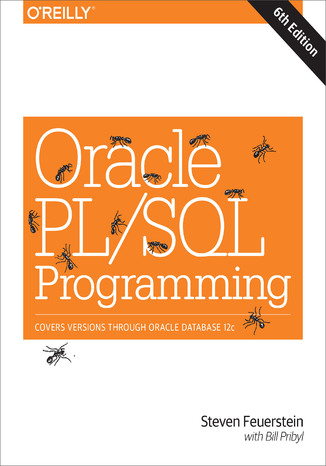



- Autorzy:
- Steven Feuerstein, Bill Pribyl
- Wydawnictwo:
- O'Reilly Media
- Ocena:
- Stron:
- 1392
- Dostępne formaty:
-
ePubMobi
Opis
książki
:
Oracle PL/SQL Programming. 6th Edition
Considered the best Oracle PL/SQL programming guide by the Oracle community, this definitive guide is precisely what you need to make the most of Oracle’s powerful procedural language. The sixth edition describes the features and capabilities of PL/SQL up through Oracle Database 12c Release 1.
Hundreds of thousands of PL/SQL developers have benefited from this book over the last twenty years; this edition continues that tradition. With extensive code examples and a lively sense of humor, this book explains language fundamentals, explores advanced coding techniques, and offers best practices to help you solve real-world problems.
- Get PL/SQL programs up and running quickly, with clear instructions for executing, tracing, testing, debugging, and managing code
- Understand new 12.1 features, including the ACCESSIBLE_BY clause, WITH FUNCTION and UDF pragma, BEQUEATH CURRENT_USER for views, and new conditional compilation directives
- Take advantage of extensive code samples, from easy-to-follow examples to reusable packaged utilities
- Optimize PL/SQL performance with features like the function result cache and Oracle utilities such as PL/Scope and the PL/SQL hierarchical profiler
- Build modular, easy-to-maintain PL/SQL applications using packages, procedures, functions, and triggers
Wybrane bestsellery
Steven Feuerstein, Bill Pribyl - pozostałe książki
O'Reilly Media - inne książki
Dzięki opcji "Druk na żądanie" do sprzedaży wracają tytuły Grupy Helion, które cieszyły sie dużym zainteresowaniem, a których nakład został wyprzedany.
Dla naszych Czytelników wydrukowaliśmy dodatkową pulę egzemplarzy w technice druku cyfrowego.
Co powinieneś wiedzieć o usłudze "Druk na żądanie":
- usługa obejmuje tylko widoczną poniżej listę tytułów, którą na bieżąco aktualizujemy;
- cena książki może być wyższa od początkowej ceny detalicznej, co jest spowodowane kosztami druku cyfrowego (wyższymi niż koszty tradycyjnego druku offsetowego). Obowiązująca cena jest zawsze podawana na stronie WWW książki;
- zawartość książki wraz z dodatkami (płyta CD, DVD) odpowiada jej pierwotnemu wydaniu i jest w pełni komplementarna;
- usługa nie obejmuje książek w kolorze.
Masz pytanie o konkretny tytuł? Napisz do nas: sklep@helion.pl
Książka drukowana


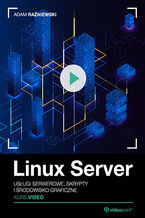
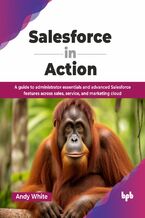

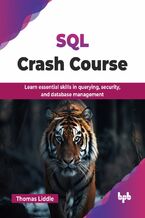
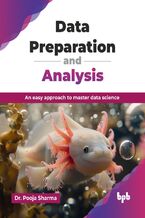
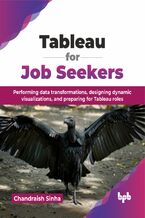
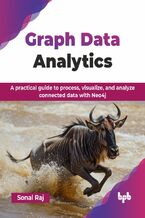
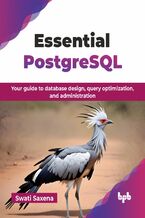
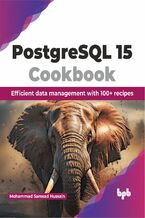
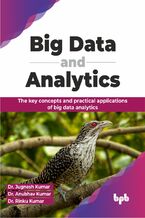
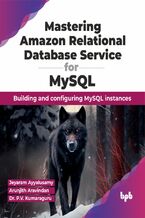

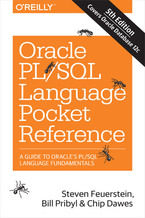
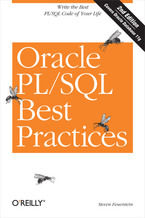

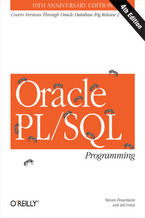
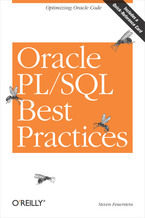
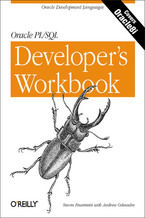
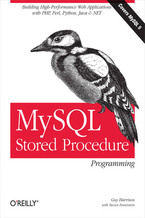





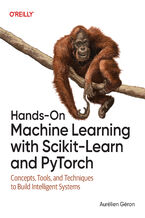
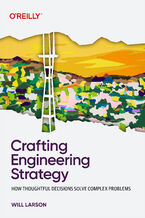
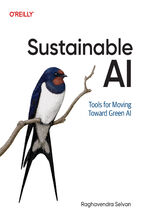
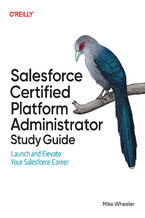
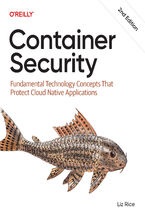

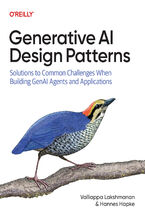
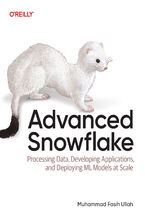
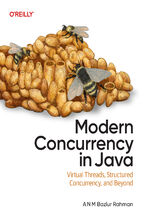
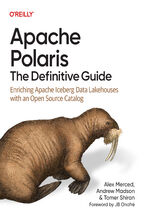



Oceny i opinie klientów: Oracle PL/SQL Programming. 6th Edition Steven Feuerstein, Bill Pribyl
(0)